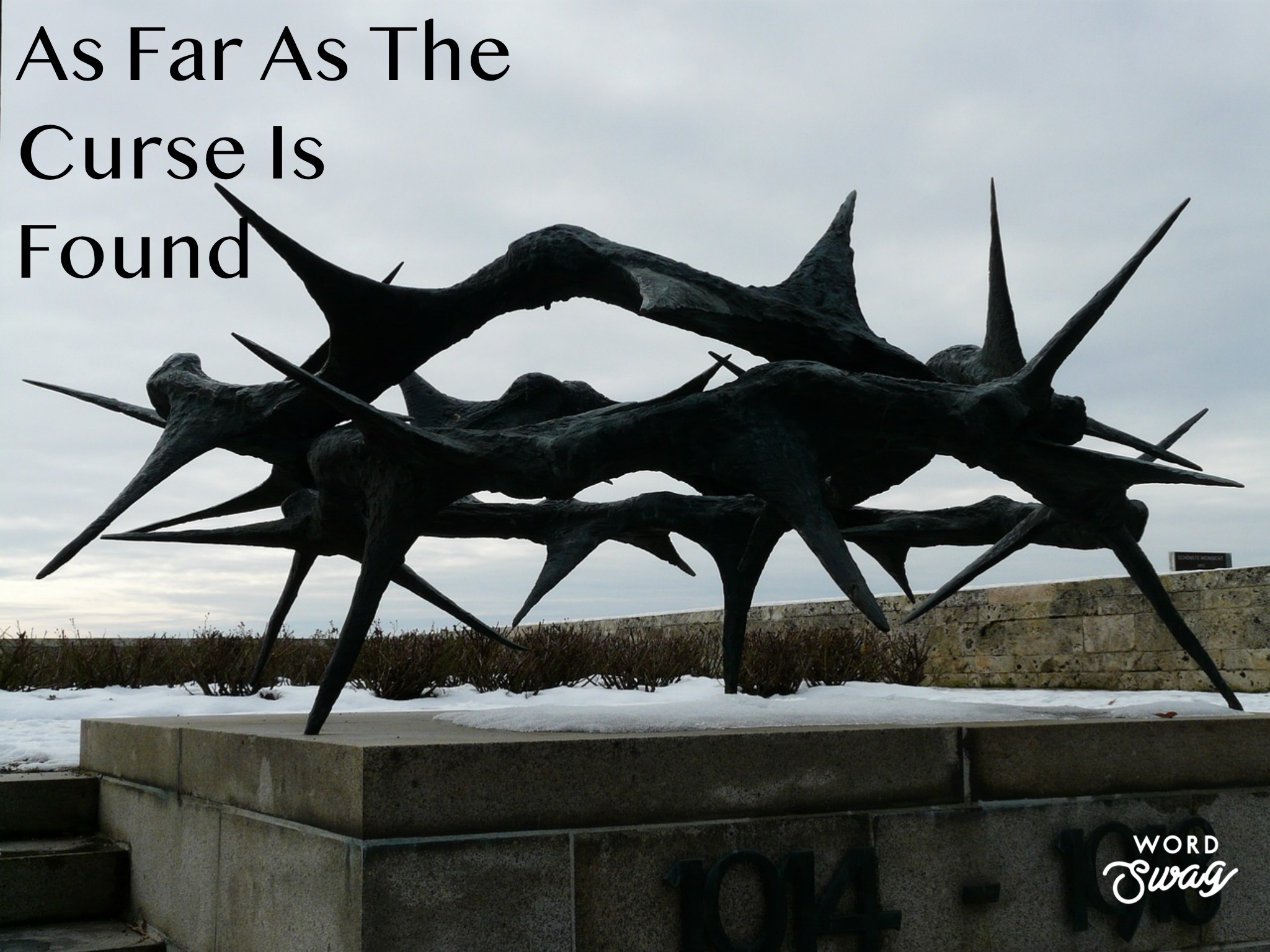“… and through him to reconcile all things to him, making peace through the blood of his cross, through him whether things upon earth or things in the heavens.”
~Colossians 1:20
The question of the extent of the effects of the atonement has been a point of debate in the church for quite some time. Did Jesus die to make salvation possible for everyone (general or universal atonement), or did Jesus die to secure salvation for God’s elect alone (particular or limited atonement)? This debate got hot and heavy in the seventeenth century when a group called the Remonstrants developed five articles concerning salvation that included universal atonement. The Synod of Dordt responded with what has come to be known as the five points of Calvinism, which includes limited, definite, or particular atonement. (Somewhere between these two were the Amyraldians, who were “four-point Calvinists” because they couldn’t buy into the limited atonement.)
Whenever the extent of the atonement is debated, the focus is usually on individuals’ salvation. But if we only think of the atonement and its effects in terms of individual salvation, what Paul says in Colossians 1:20 is quite confusing. Within Paul’s hymnic poem of Christ, “all things” consistently refers to the cosmic order, things upon earth and things in the heavens, visible and invisible, thrones, lordships, rulers, or authorities (see 1:16). Christ makes peace with the entire created order through the blood of his cross.
How do we understand this? First, we must recognize that standing behind all that Paul writes here about the creation is Tabernacle and Temple imagery. (I will refer to both as simply the Temple since the two temples that followed the Tabernacle were the more mature or glorified versions of the Tabernacle.) The Temple was built from the materials of creation. The sequence was generally like this: creation fell into corruption, God delivered his people out from the old creation, God’s people took the riches from the old creation, artfully transformed them, and constructed the Temple. The Temple was not just a “religious house of worship” separated from “real life.” The Temple was a world model, a cosmic structure. It was made from the materials of the earth and had heavenly representations throughout. The Temple was the intersection of heaven and earth, the place where heaven and earth were reconciled.
As mentioned, the Temple wasn’t made from other-worldly material. The materials of the Temple were rocks in the form of stones that built the walls to gold, silver, bronze, and precious jewels. Wood was used for various aspects of the Temple. The high priest’s clothes were made of animal, vegetable, and mineral substances, garments of glory and beauty (Ex 28:2) so that he could be a walking Temple. Angelic creatures were carved into the walls of Solomon’s Temple. Two cherubim (angels) were on top of the ark of the covenant (God’s throne), and two large cherubim were standing over the ark. Palm trees and open flowers were carved into the walls (see 1 Kg 6). Heaven and earth were reconciled in the Temple.
This house was constantly being polluted by sin. The way the house was cleansed was through the shedding and application of blood. All things are purified by blood, and without the shedding of blood, there is no remission of sin’s pollution (Heb 9:22). The bronze altar in the courtyard was the “door” to the Temple that had to have blood applied to it so that worshipers could enter and ascend to eat a meal of peace with God. But it wasn’t just about the worshiper himself being cleansed (though that was necessary). The shedding of blood cleansed this heaven-and-earth house. The application of blood cleansed the creation, putting the world in a proper relationship with God and man.
Creation was out of whack because of sin. God set Adam over the creation to develop it to look like heaven, but he handed his authority to the serpent. God created the world to be ruled by man, his image. With the devil in authority, the world is not in proper order and, therefore, not reconciled to God. Jesus came as the perfect image-of-God-made-man and took the authority back so that man’s mission in creation could be completed. Through the blood of his cross, Christ Jesus cleansed the Temple of creation permanently and took man’s rightful place as lord of the world. The world is in a proper relationship with God and man now because God’s intention for man to rule the creation is a reality. All things in creation have been reconciled to God.
Whatever sin affected, the blood of Christ’s cross reconciles to God. Why do the promises of God work through our families so that our children are holy and are included among God’s people? Because the blood of Christ’s cross reconciled the family to God, not merely the individuals in it. Why should we be concerned about the authorities in our land making and enforcing righteous laws? Because Christ’s blood made peace so that the institutional and authoritative structures in the world are reconciled to God. Every institution, as an institution, and every nation as a nation is obligated to submit to Jesus’ lordship and act according to his will because they are a part of the creation that belongs to him. Why should we care about what happens in the environment and care for the non-human creation? Because Christ has reconciled the non-human creation to God through the blood of his cross. We are to be responsible stewards of creation, not devastating it for profit so that it becomes a barren wasteland nor leaving it in its pristine state so that it is not adequately cultivated and useful to men.
Jesus came to save the world, not only individuals within it. No more let sins and sorrows grow / Nor thorns infest the ground / He comes to make his blessings flow / Far as the curse is found.















